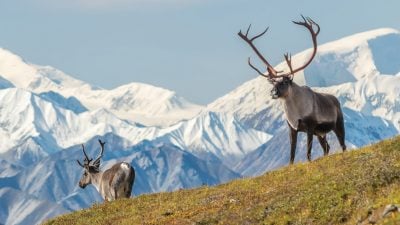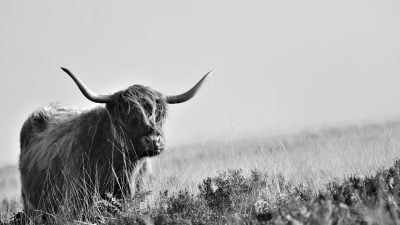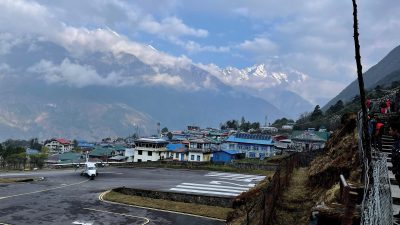Home / Africa & Middle East / Kenya / Ecotourism Destinations: East …
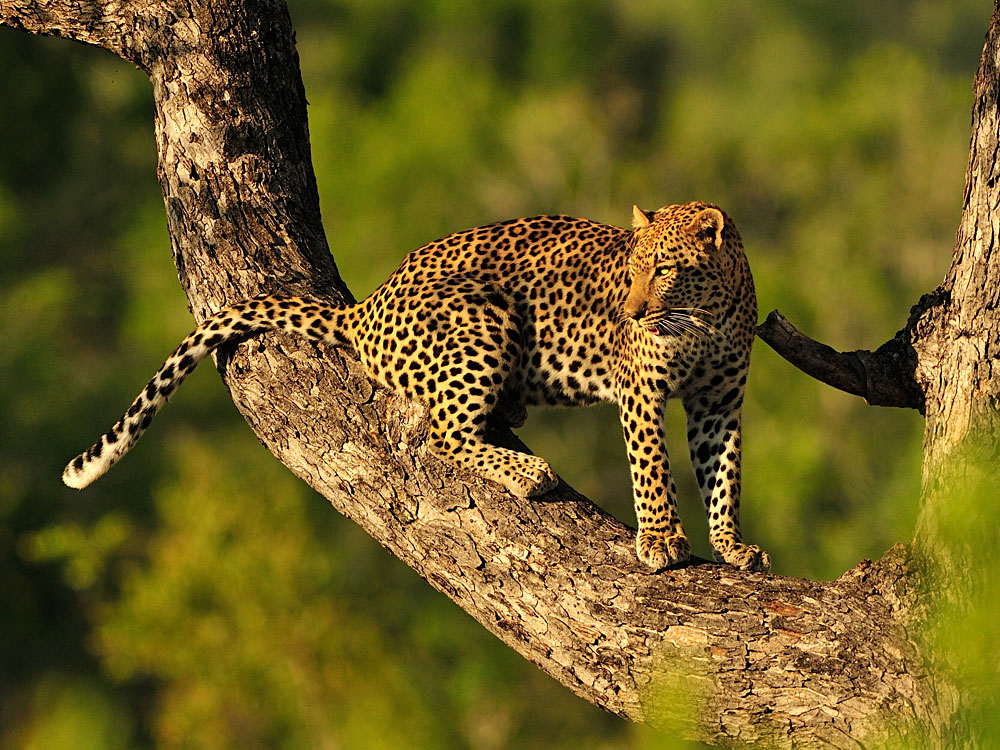
Ecotourism Destinations: East Africa
East Africa is a natural destination to consider for an ecotourism vacation, with its unique geographical terrain, amazing wildlife, and spectacular scenery. Let’s take a look at some of the main countries in East Africa and their ecotourism qualities.
KENYA
Direct income from wildlife tourism contributes about 5 percent to Kenya’s gross national product and accounts for just over a tenth of its employment and over a third of the nation’s annual foreign exchange. Ecotourism here helps to conserve natural resources and endangered species, in part by providing incentives for the local community to become involved in the process. It also creates a sustainable tourism market, which in turn promotes a sense of self-reliance for locals.
There are many game reserves in Kenya from which to choose, but let’s concentrate on the better known and more significant ones.
Samburu National Reserve
The Samburu National Park was made famous by Joy Adamson, a naturalist, artist, and author. Her book, Born Free, describes her experiences raising a lion cub named Elsa.
There is a wide variety of animal and bird life to be viewed. All three big cats, Masai lion, Tanzanian cheetah, and leopard can also be found here, as well as elephants, buffalo, and hippos. Unfortunately, rhinos are no longer present in the park due to heavy poaching. The Samburu National Reserve is a paradise for bird lovers, with over 350 species of birds already recorded.
The neighbouring communities to the reserve are the Samburu tribe, a clan of the Masai. They play a major role as part of the tourist attractions of the area, due to their traditional ceremonies, food, dances, and sale of traditional crafts. You have the opportunity to interact with these colourful people and experience their culture.
There are lodges in Samburu that practice a form of tourism that promotes social and economic cooperation to improve lives and preserve wildlife. One lodge supports initiatives which involve students from local primary schools, where the children are taken for game drives aimed at mentoring wildlife conservation. Local women are also involved through the Women Safari Project for conservation sensitization purposes.
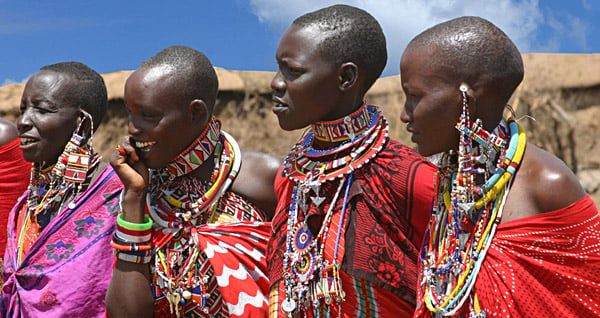
Mount Kenya National Park
The Mount Kenya National Park is home to Africa’s second highest mountain, Mount Kenya, and is also an amazing place to not only view this majestic mountain but to indulge in some excellent animal and bird viewing. Prevalent here and in other Kenya game reserves, UNESCO launched the “Man and the Biosphere Programme”, which is an intergovernmental scientific program, that aims to establish a scientific basis for the improvement of relationships between people and their environments.
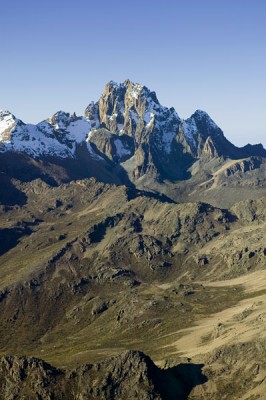
The Mount Kenya National Park is basically a forest reserve in which a number of animal species reside. There are at least 160 bird species existing in the National Park, and it home to several species of eagles that sometimes soar high above.
Of course, we can’t ignore Mount Kenya, which rises to a height of 6000 metres/19,500 feet. It may seem surprising that its glacier-clad summits are situated only 16 kilometres/10 miles south of the equator. When you first sight Mount Kenya, you will certainly be taken in by its beauty amid such dramatic scenery.
Lake Nakuru National Park
Located on the floor of the Rift Valley, the beautiful Lake Nakuru National Park is home to not thousands, but up to 2 million flamingos! The lake’s abundance of algae attracts this vast quantity of flamingos that famously line the shores of Lake Nakuru. They feed on the abundant algae here which thrives in the warm waters of the lake.
Because Lake Nakuru supports so many flamingos, plus 400 other bird species, the authorities recognize the need to promote new areas within the park to take off the pressure from the existing ones. Therefore, new sources of water are being developed.
Lake Nakuru is one of Kenya’s two premium parks, and is the only fully fenced park in the country – not to keep the animals in but to keep poachers out.
The park, a UNESCO World Heritage site, has more than 25 eastern black rhinoceros – one of the largest concentrations in the country, plus around 70 endemic southern white rhinos. There are also about 50 rare tree-climbing lions in the park.
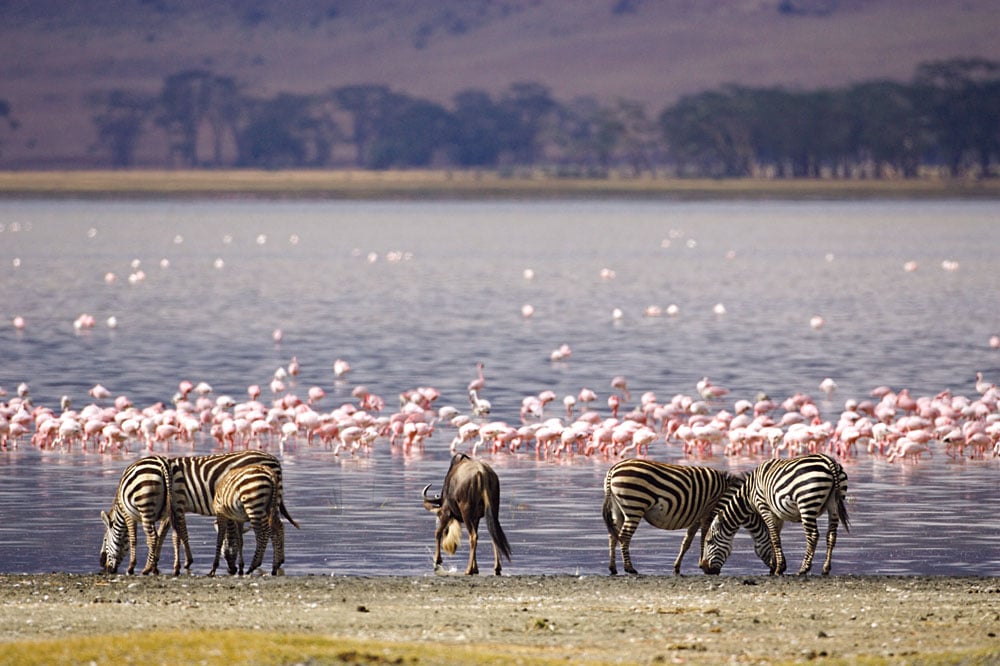
Masai Mara National Game Reserve
The Masai Mara is situated in south west Kenya, and together with the adjoining Serengeti National Park in Tanzania, is one of the most diverse, spectacular eco-systems anywhere. One of its big attractions is its Great Migration, an amazing occurrence which takes place twice a year, one north to south around October, and one south to north around July.
Related Article:
Ringside Seats to the Greatest Show on Earth!
The reserve hosts over 95 species of mammals and over 570 recorded species of birds. Probably together with Serengeti, it is without doubt, one of the best places anywhere to view wildlife.
There is one camp here which is held in high esteem for its commitment to ecotourism, from fighting climate change to nature conservation and local development. It is the Basecamp Masai Mara. Each year, it receives more than a thousand educational visits from universities, government departments, and ecotourism operators. It has 12 guest tents with a total workforce of 48 permanent staff, of which 95% are from the local area.
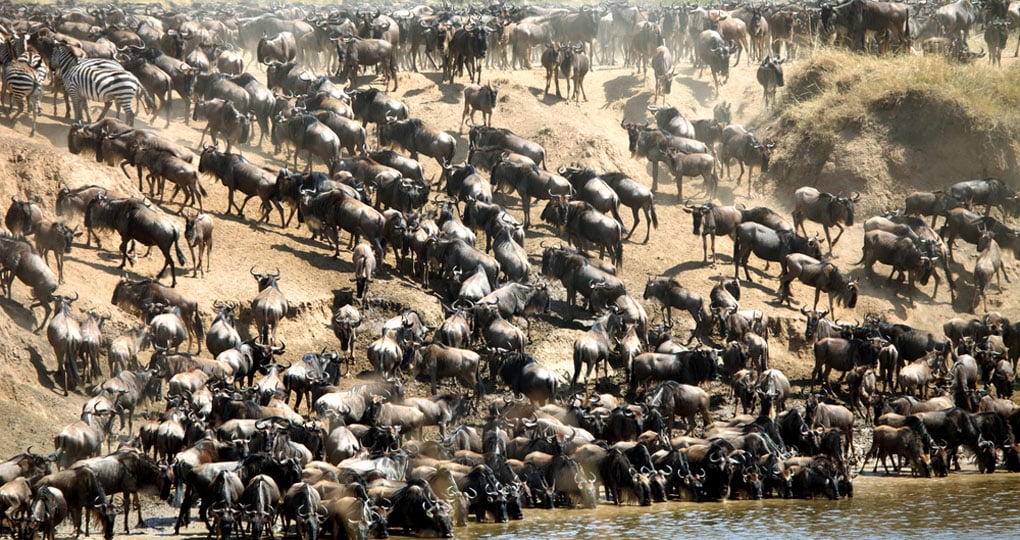
TANZANIA
Tanzania is a leader in ecotourism. It has allocated over 25% of its land for wildlife conservation. Guides teach travellers how to minimize their impact and create environmental awareness and respect while on safari, including respect for the many different cultures in Tanzania.
Revered scientist, Jane Goodall, did her groundbreaking chimpanzee studies in Tanzania, and her work there still continues. The Jane Goodall Institute is working to bring opportunities for ecotourism to the area around Gombe National Park, to ensure a future for chimpanzees and to conserve biodiversity – while also supporting the local economy. Here is a small selection of the more prominent national parks.
Serengeti National Park
Located to the north of the country, it is Tanzania’s oldest and most popular national park. A UNESCO World Heritage Site, the Serengeti is known for its abundance of wildlife, including the “Big Five” (African elephant, lion, Cape buffalo, rhino, and leopard) as well as cheetahs, gazelles, giraffes, and zebras among others. The Serengeti is most famous for the Great Migration, a natural phenomenon that sees approximately 1,300,000 wildebeest, 500,000 Thomson’s gazelles, 200,000 zebras, 97,000 topi, and 18,000 elands migrate north to Kenya each July. By October, the animals move south arriving back in the Serengeti in December. Even when the migration is quiet, Serengeti National Park provides excellent game viewing, making it the flagship of Tanzania’s tourism industry.
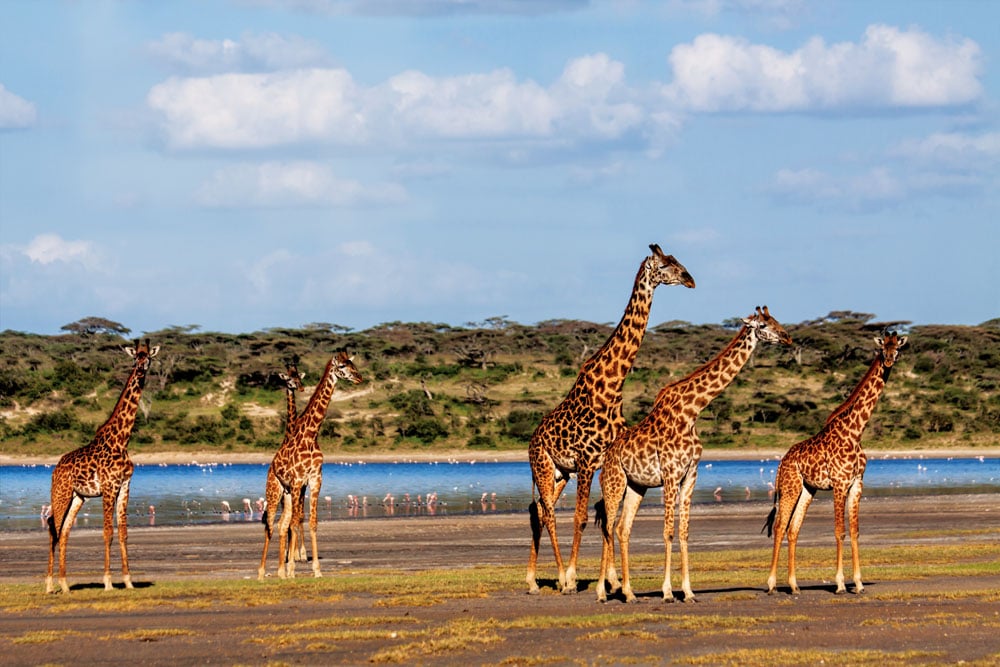
Ngorongoro Conservation Area
The Ngorongoro Conservation Area is a UNESCO World Heritage-listed site because it provided protection for wildlife while allowing human habitation, which was unique in Tanzania at one time. The most famous part of the conservation area is the Ngorongoro Crater – formed when a giant volcano exploded and then collapsed, around two to three million years ago. The crater hosts some of the highest densities of lions in the world and is a good place to see the endangered black rhino. Wildebeest, zebra, elands, and Grant’s and Thompson’s gazelles also live in the crater. The rim hosts leopards, elephants, and buffalo. In total, the crater houses a permanent population of more than 30,000 animals.
From an ecotourism point of view, some of the local activities include tree planting projects, encouraging Masai women to sell their handicraft products, introducing water harvesters to accumulate rain water, and supporting local food producers.
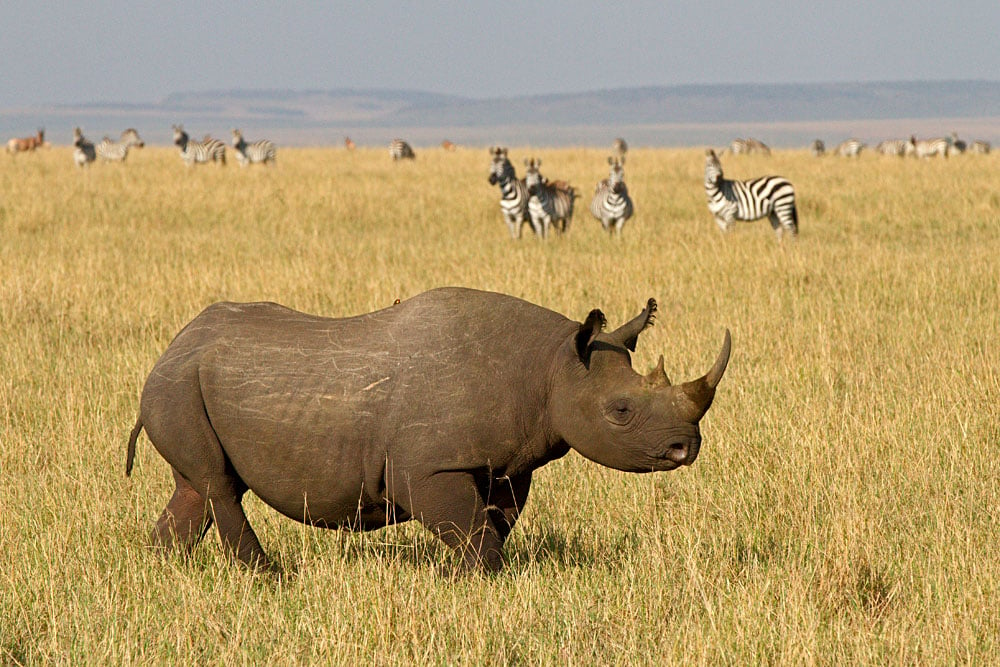
Lake Manyara National Park
Lake Manyara is a shallow alkaline lake found in the national park of the same name and hosts a variety of habitats including groundwater forests, swampy fan delta, acacia woodlands, and a grassy plain. Hippos, impalas, elephants, wildebeest, buffalo, warthogs, and giraffes are all found in the park. There is a large leopard population but these elusive animals are often hard to spot. The lions of Lake Manyara National Park are famous for climbing trees, and the park offers an excellent bird-watching area with more than 400 species being recorded there.
Some of the ecotourism aspects here include local workers maintaining the lodges, the promotion of cultural dance, music, and traditional practices, as well as encouraging interaction between visitors and local villages to promote the sale of handicraft items.
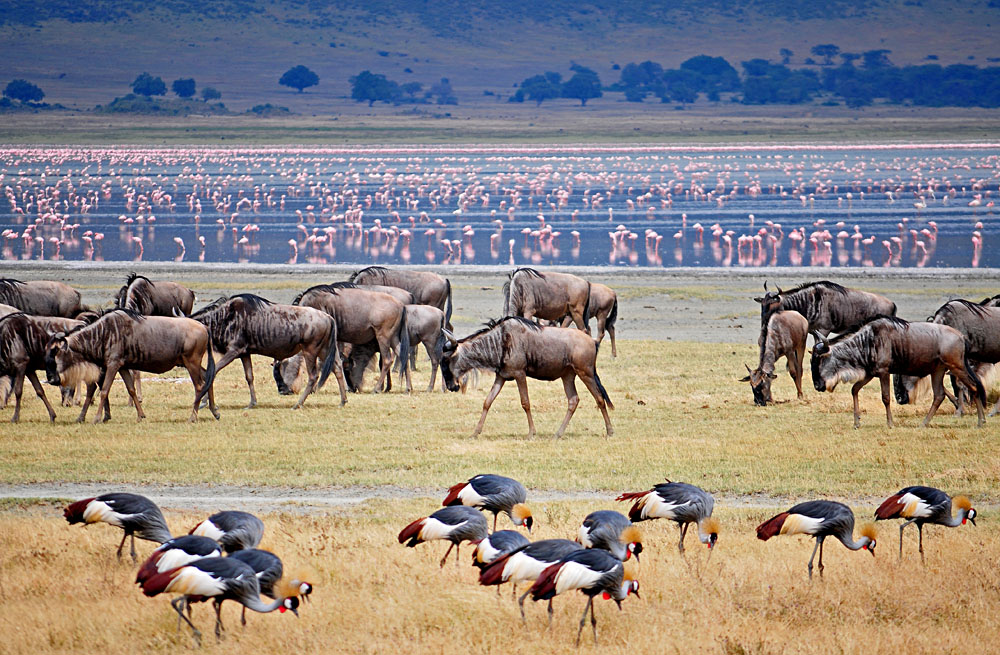
Selous National Park
The Selous Game Reserve is one of the largest protected areas in the world and was named a UNESCO World Heritage Site due to its diverse wildlife and because of its undisturbed nature. The vast size of the area means that much of it has remained untouched by humans. In fact, within Selous, no permanent human habitation is permitted and all human entry and exit is carefully monitored.
Although the majority of Selous is used as a hunting reserve, controlled quotas ensure that the impact on wildlife populations are low, and it remains the least exploited wildlife sanctuary in Africa. The funds raised from game hunting are put back into the reserve to keep it sustainable.
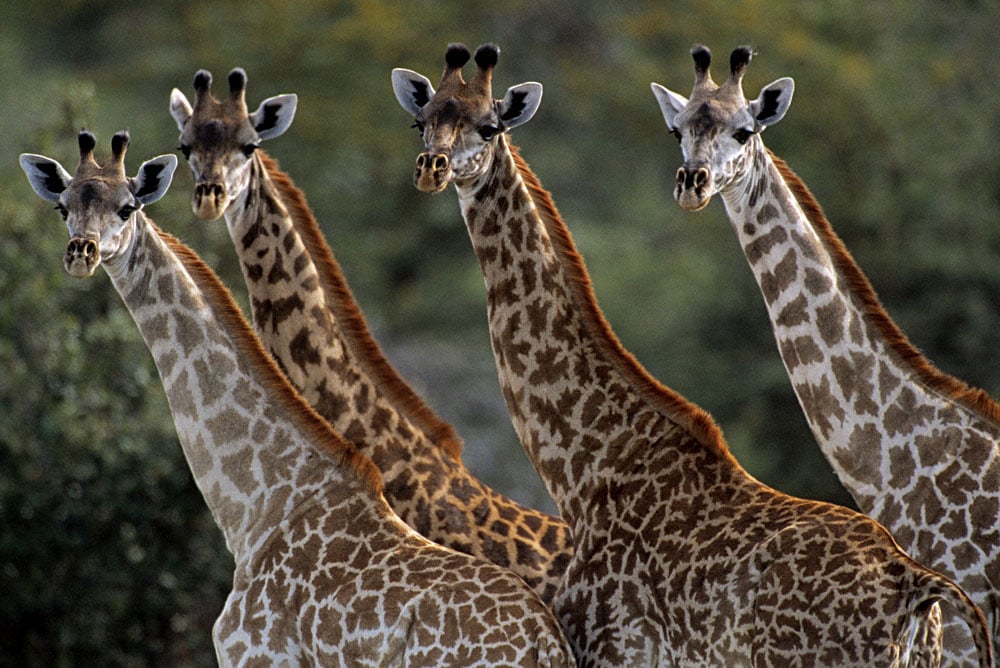
Our Ecotourism Series:
Ecotourism – An Important Trend in Travel
Ecotourism Destinations: East Africa
Ecotourism Destinations: Southern Africa
Ecotourism Destinations: Central and South America (Part 1)
Ecotourism Destinations: Central and South America (Part 2)
Ecotourism Destinations: Central and South America (Part 3)
Ecotourism Destinations: Asia (Part 1)
Ecotourism Destinations: Asia (Part 2)
Ecotourism Destinations: Australia
Ecotourism Destinations: New Zealand
Ecotourism Destinations: Europe
Get more travel inspiration by email.
Subscribe
0 Comments

Get the latest travel trends & hear about the best deals on vacations around the world.
If you’re a Globetrotter, these are the newsletters for you!
